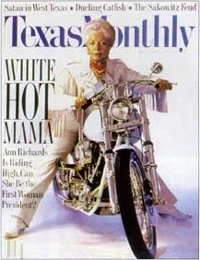Prompt Shoot Reflection
#1. While taking my prompt shoots of "Bowie, Metal, Happy and Square" I encountered problems of trying to find a good shoot for "Square". I didn't see many things that could reflect about square. In the end i chose a picture of a square entrance into the building.
#2. For me the hardest aspect while taking a photo is to get a good focus. I am only satisfied when there is a main focus on one item and the scene behind is blurred up. Another hard aspect for me is to get a good angle in which the background for the main object is clear, and doesn't mess with the main subject.
#3. If i could have done the assignment again then i wold find a better photo then square and retake the picture with the flower so that the background was a clear sky.
#4. Things i would have done the same would be take all the same subject but from a different angle.
#6. I would have some interest in shooting these same prompts again though i would like something different.
http://ameliesphotojournalismblog.blogspot.com/2017/09/prompt-shoot-1.html
#1. The photos have a very good focus, and they have a great subject, Equal balance of light
#2. I do not see the square in the "square" prompt.





















